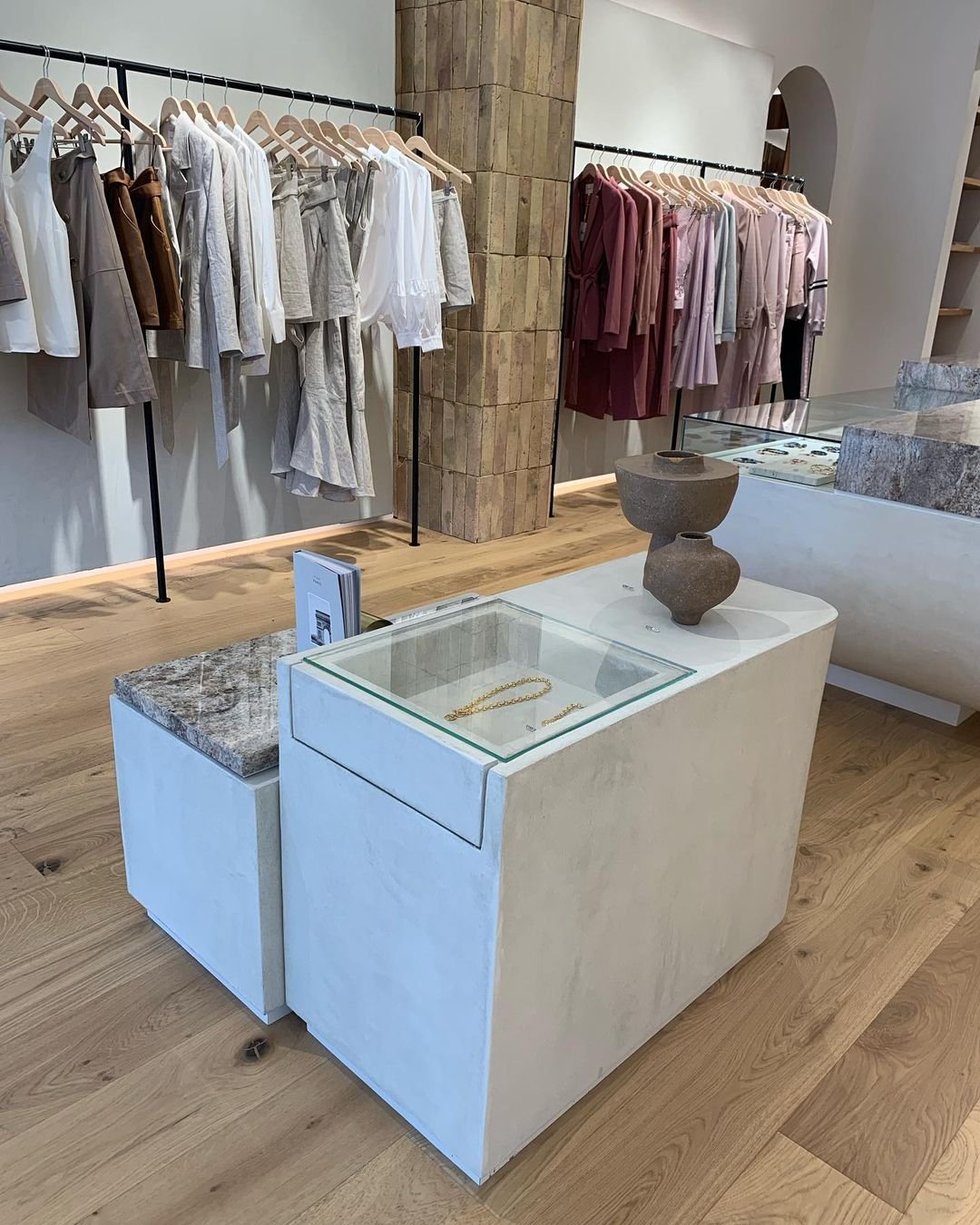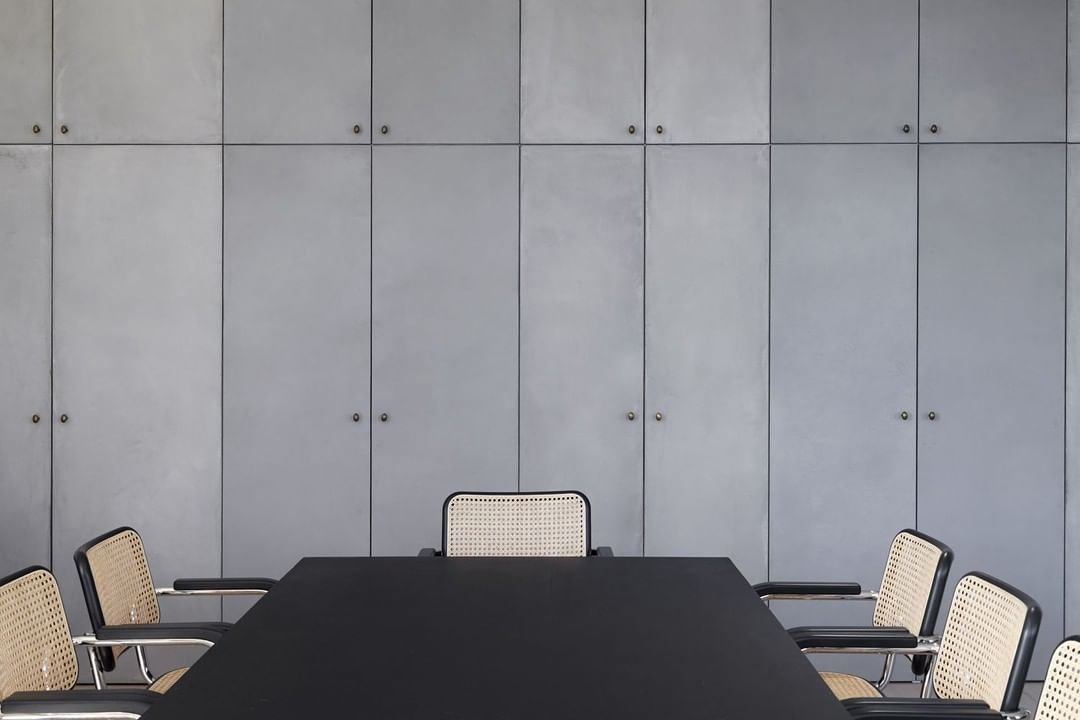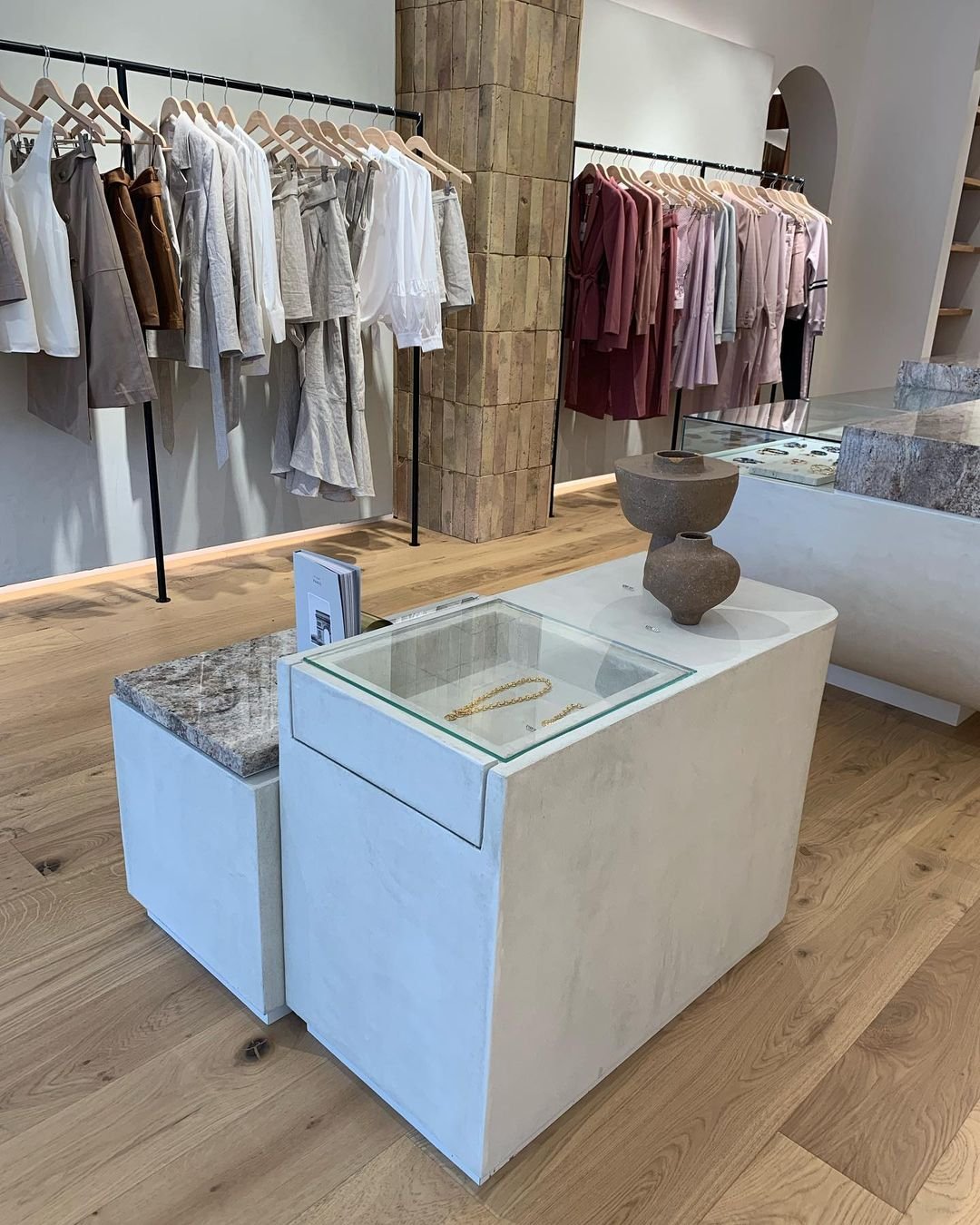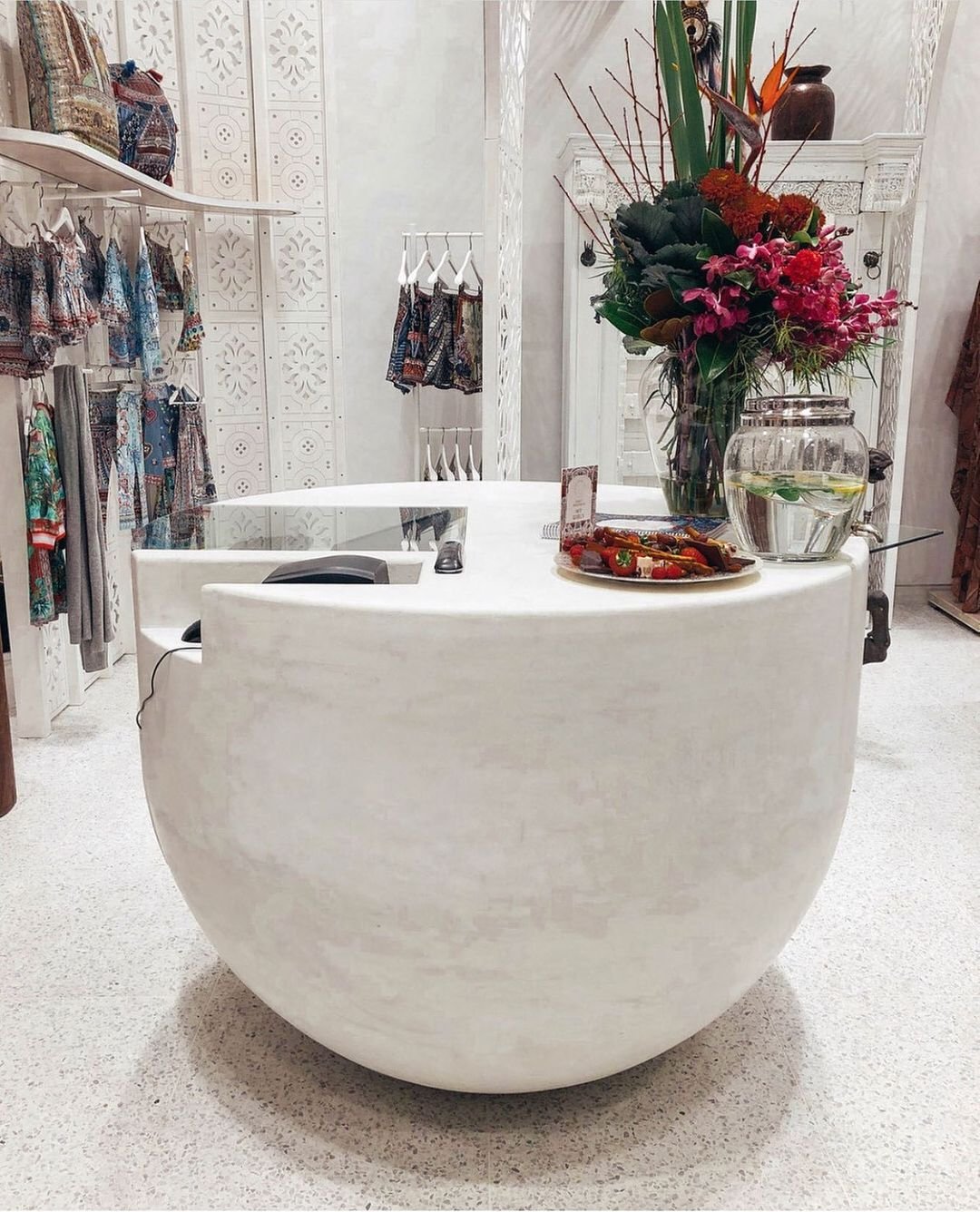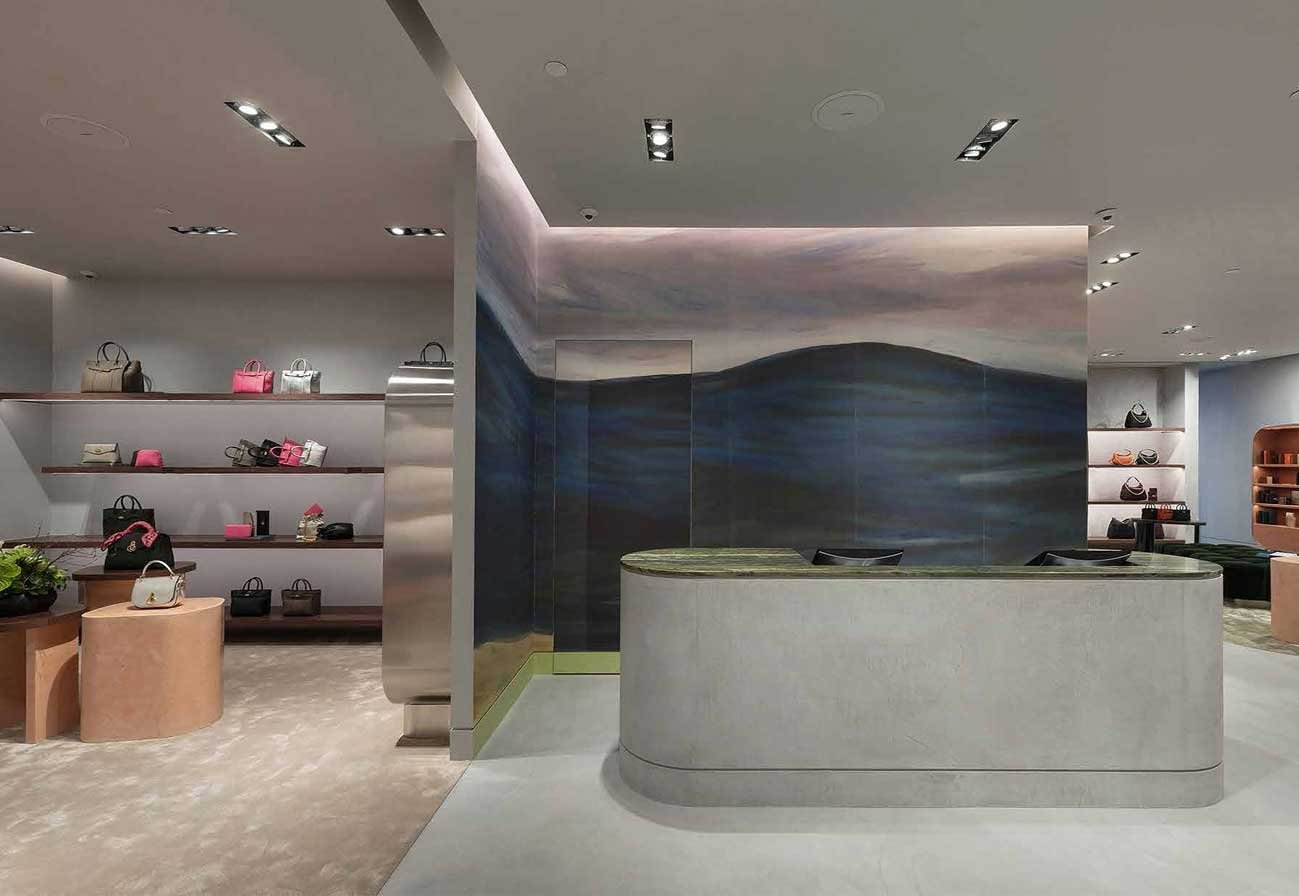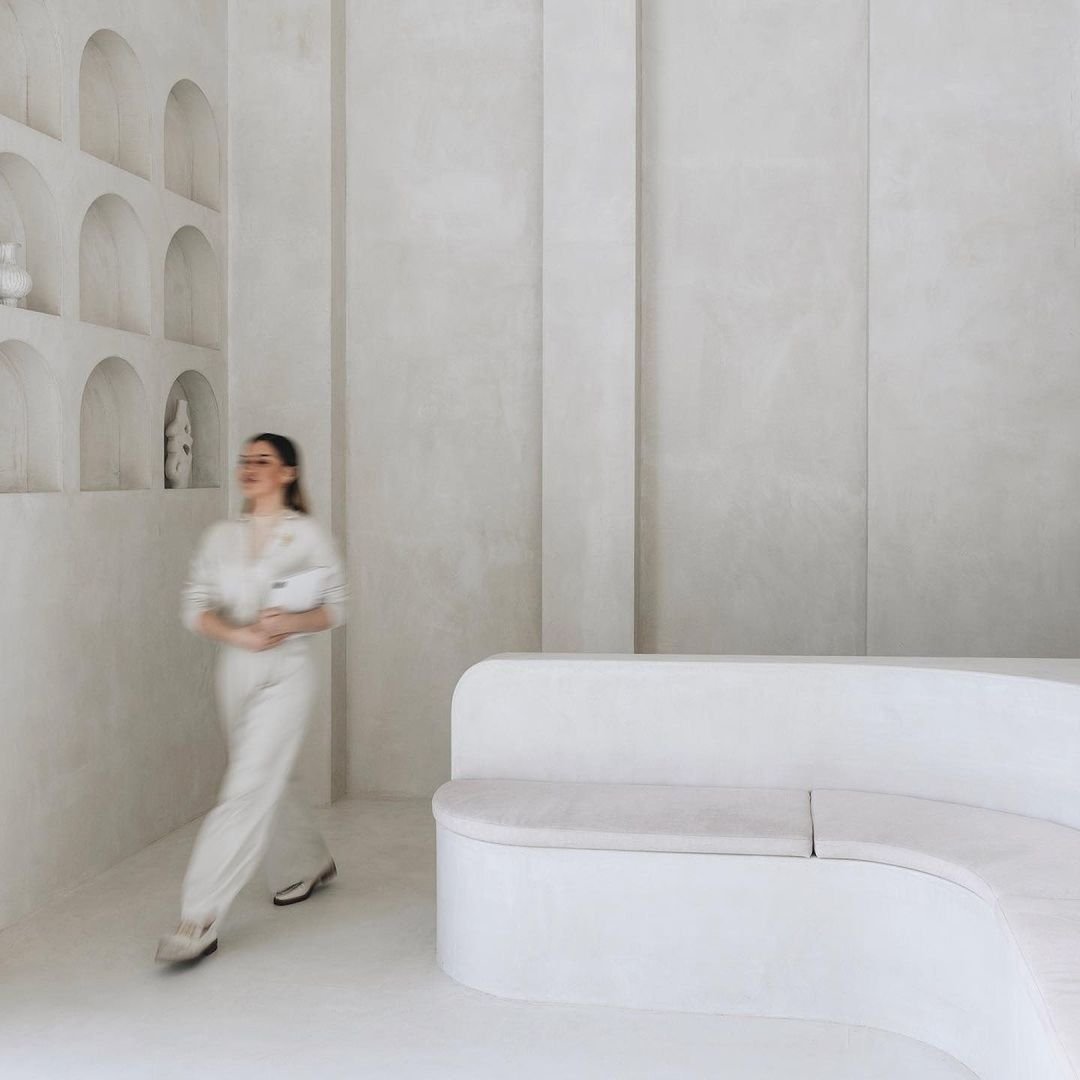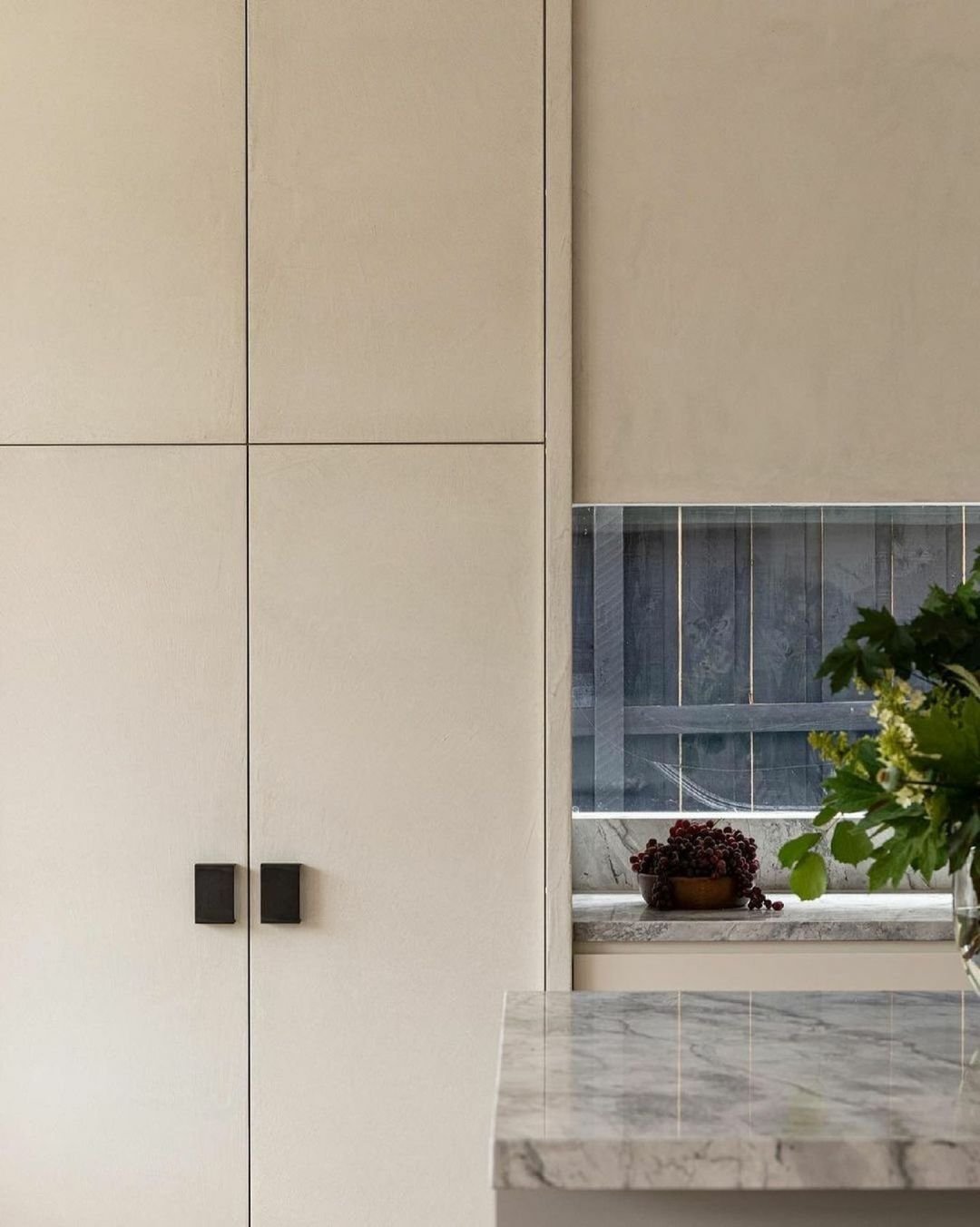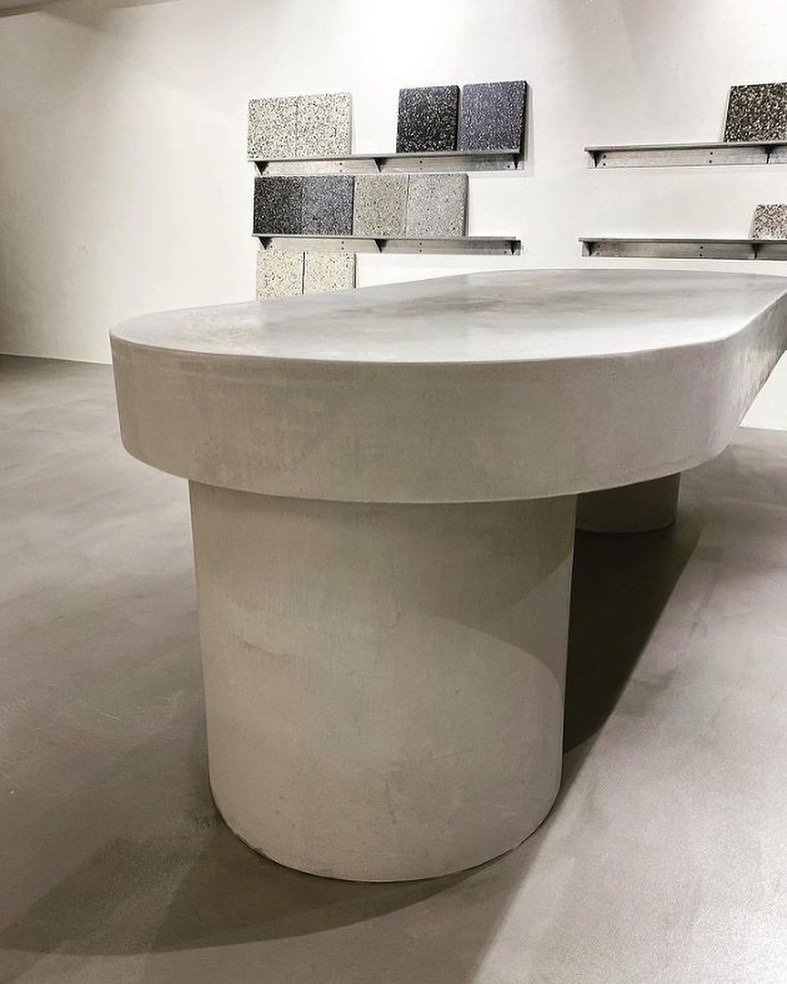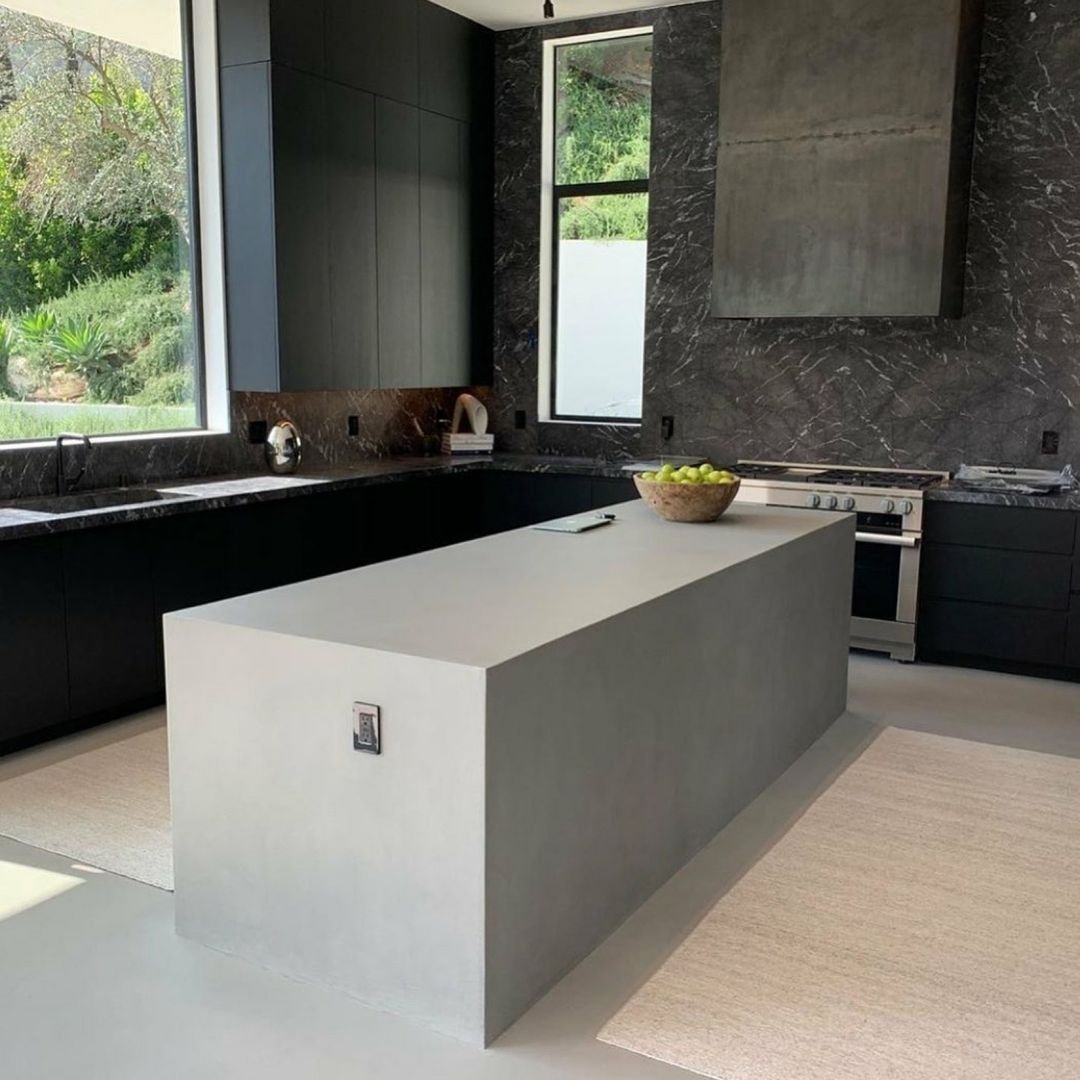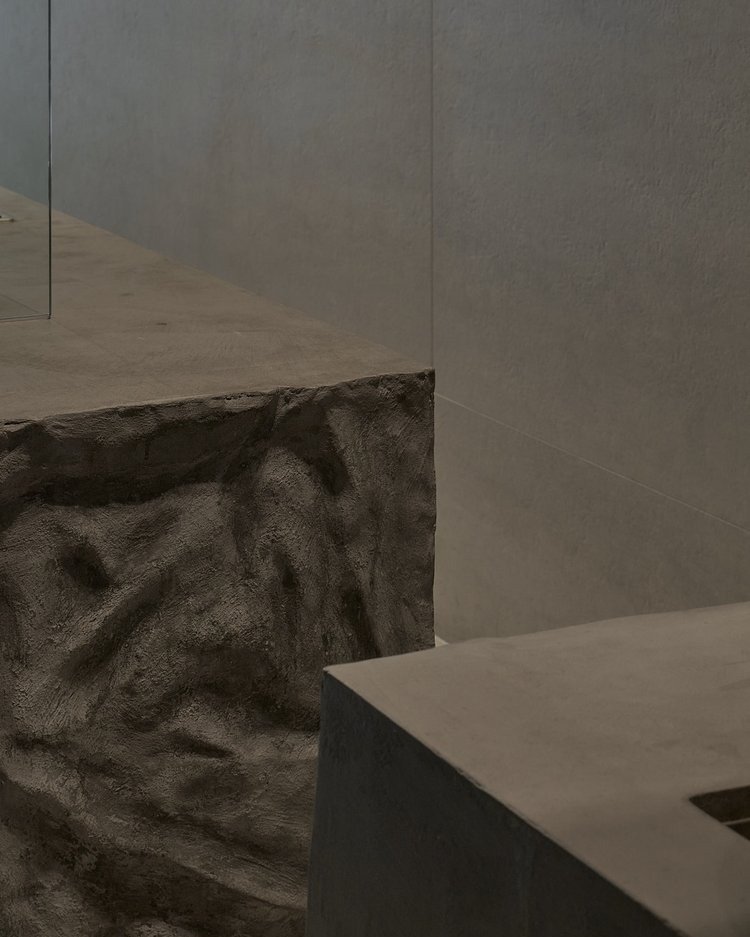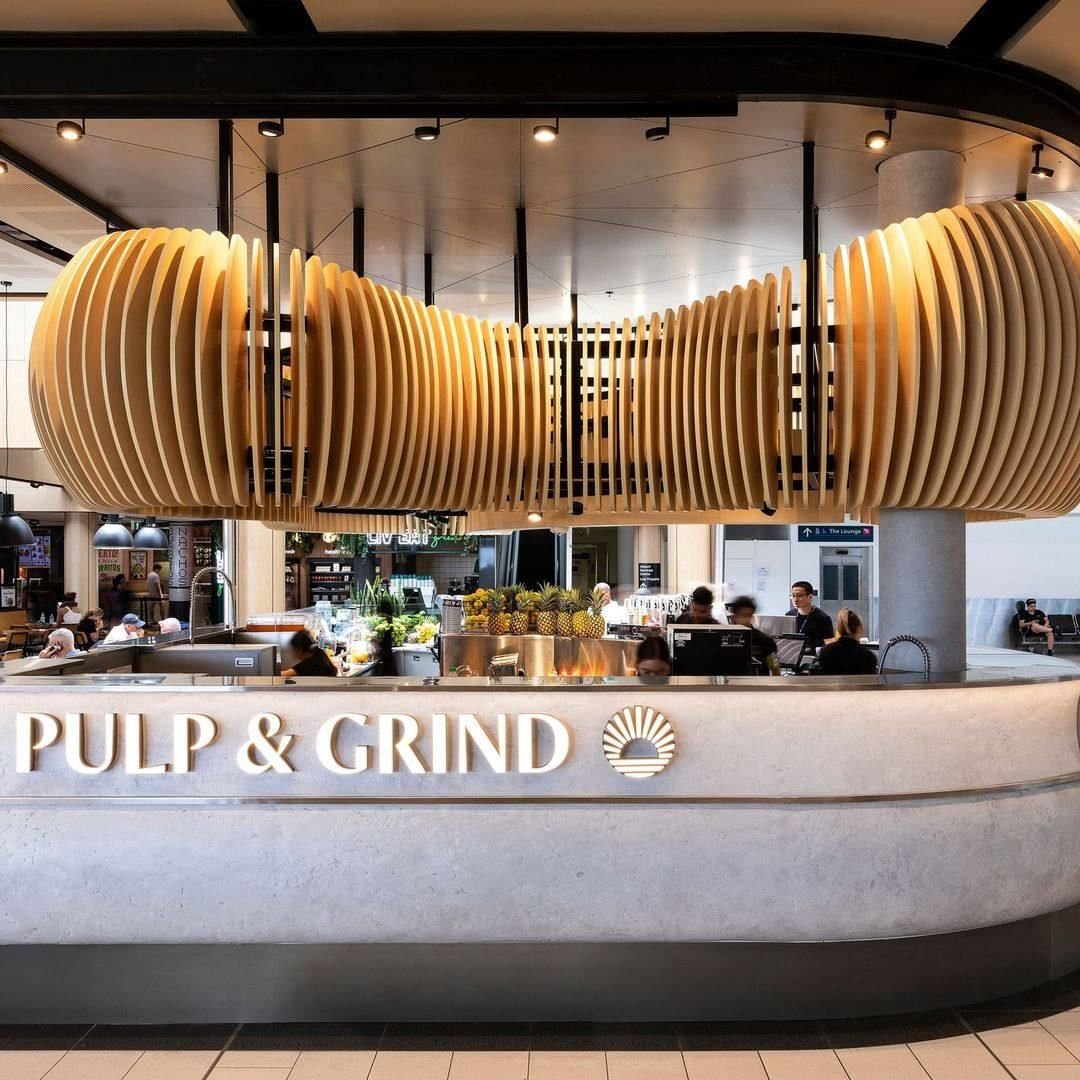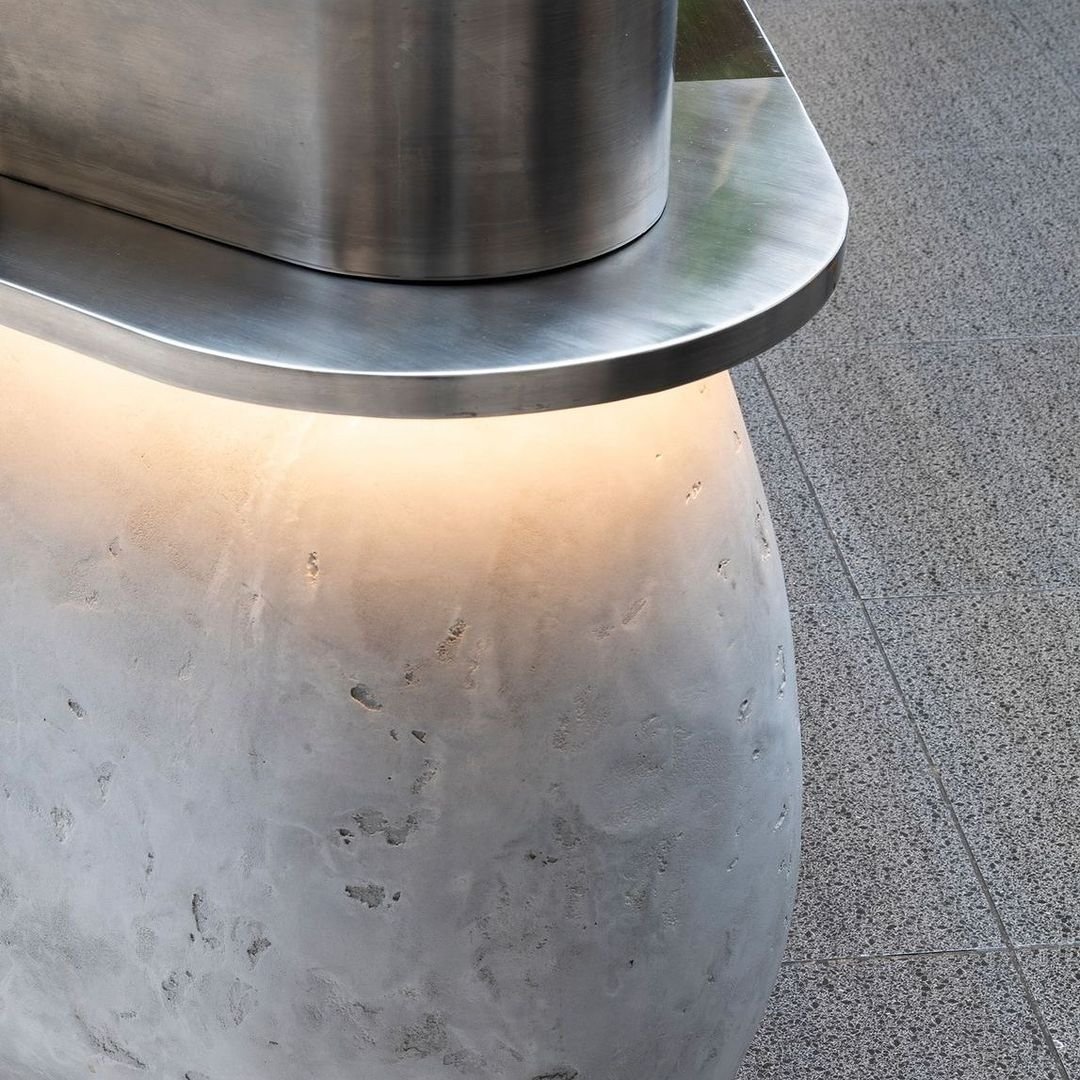Microcement Furniture & Joinery
Get the concrete look
Did you know that it’s possible to create microcement furniture and joinery? Our X-Bond Microcement has been applied to everything from tables and benches, to cupboards, sink basins, and countertops. Now more than ever, people are searching for customised solutions when it comes to decorating their homes. Microcement achieves an industrial concrete-inspired aesthetic with added versatility thanks to its easy application process and different options for texture and colour.
Here’s all the most important information on microcement applications to furniture and joinery.
Microcement
[noun] mi-cro-cem-ent
A mixture of cement and adhesive polymers, forming a coating that’s hand-installed on top of almost any hard surface; known as an overlay. While it was originally created to replicate the industrial aesthetic of concrete, microcement now comes in a range of different finishes and colours for seamless application in any space.
Here are five of the most important things you need to know about microcement if you’re considering it on your furniture and joinery:
It has impressive resistance to wear and tear.
Rest assured: microcement is as durable as any other material. X-Bond has exceptional technical properties, including a high resistance to de-lamination and stains. Of course, it’s still best to use cutting boards, placemats and other protective measures for your microcement surfaces.
You can easily refurbish old pieces.
Because it’s an ‘overlay’, microcement gives you the ability to refurbish old furniture pieces. In most cases, it can be applied straight over the old surfaces. Some of the most popular microcement furniture transformations are wooden tables and laminated cabinetry. This also makes it possible for designers to build custom furniture pieces that your installer can easily coat with microcement.
Use it indoors and outdoors.
When installed with high-quality sealers as well as waterproofing and anti-fracture membranes, your microcement furniture is suitable both indoors and outdoors. It’s one product that does it all.
It’s thin and lightweight.
Microcement looks like concrete, but it’s only 2-3mm thick. This is perfect if you love the concrete look but need your furniture to be more lightweight. It also means that installers can apply the microcement on an intricate shape, or in places where heavyweight surface materials would pose an issue — like cupboard doors.
It’s installed as a seamless, continuous coating.
The final surface doesn’t feature any joints or grout. This results in a seamlessly constructed piece that visually integrates into your microcement walls and floors. See what this looks like at Sculpt Adelaide.
You can choose a variety of textures and colours.
Most microcement products will come in a range of textures and colours, and most if not all are suitable for joinery and furniture. In the X-Bond collection, there are 10 different shades to choose from and two finishes that are commonly used for furniture pieces and joinery applications.
Suitable projects:
Tables
Benches
Countertops
Planters
Desks
Seating
Sinks and basins
Cupboards and cabinet doors
Shelving and storage units
Recommended finishes:
X-Bond Micro (smooth and polished)
This is our most popular finish for floors and walls. After being hand-trowelled onto your furniture piece, it’s sanded for a smoother feel. X-Bond Micro features visible trowel marks for subtle variations in tone, balancing the industrial aesthetic with a polished look.
X-Bond Natural Concrete (raw and textured)
Here, the product undergoes a unique application process to imitate the raw, textured surface of natural concrete. This involves spraying X-Bond Microcement onto the substrate before smoothing it out in certain places using a trowel. The result is a contrast of raised and indented areas.
How to clean your microcement furniture
Your microcement furniture is made to be used and loved. As long as you take care of it according to our guidelines, your surface should remain in great condition.
The key is to wash it every now and then with water and a mild detergent. Avoid cleaning products that have strong or abrasive ingredients, such as a solvent-based acetone of a concentrate exceeding 50%. Most household, commercial and industrial detergents may be used.
Other tips for cleaning your microcement joinery and furniture include:
Do not wash the X-Bond surface for the first week after application, not even with water. This allows sealers to dry completely.
In external areas simply hose down or use low- or high-pressure washing equipment.
As mentioned, it’s best to use placemats or cutting boards on your tables and countertops.
Dry wet areas with a soft cloth to avoid leaving moisture on your microcement surfaces for too long. Microcement is resistant to mould and stains, but this helps keep it in as perfect condition as possible.
Clean up all spills and semi-solids as soon as possible. Some liquids (for example nail polish remover, citrus, urine, oil) can stain your surface and need to be removed as quickly as possible.

